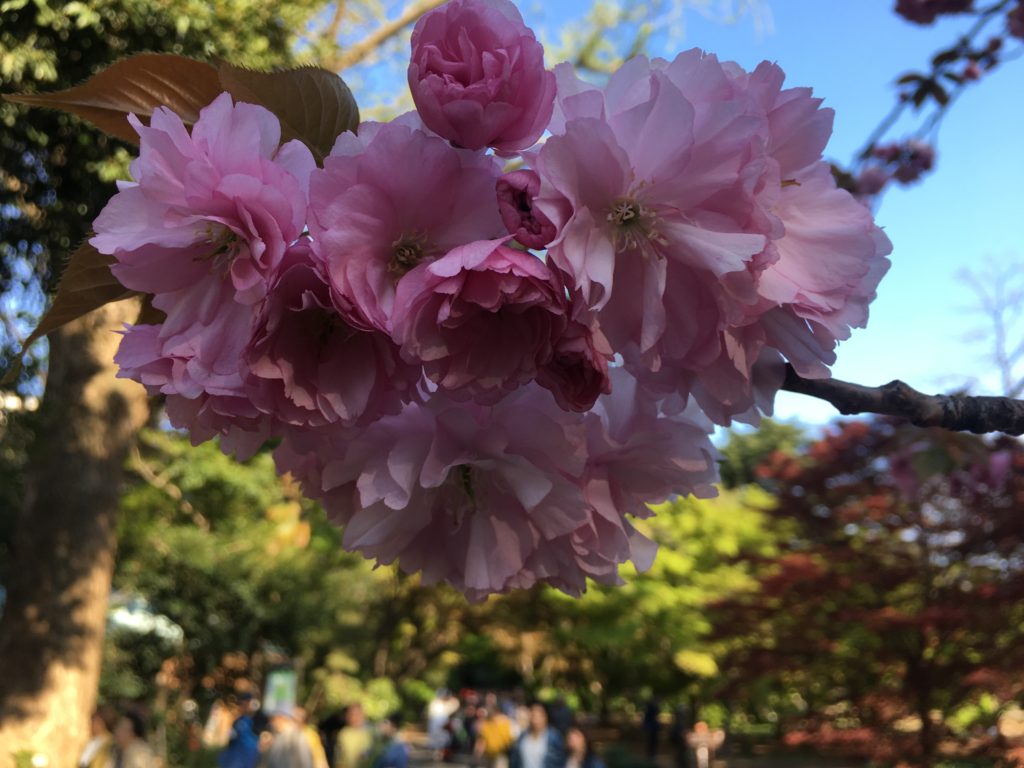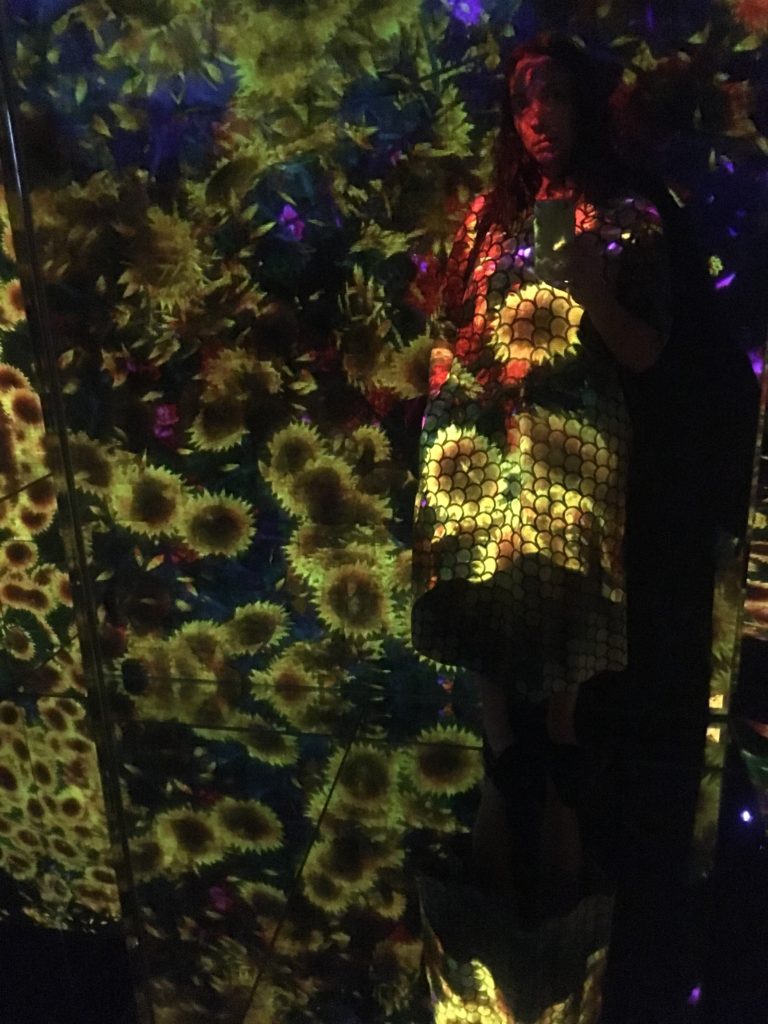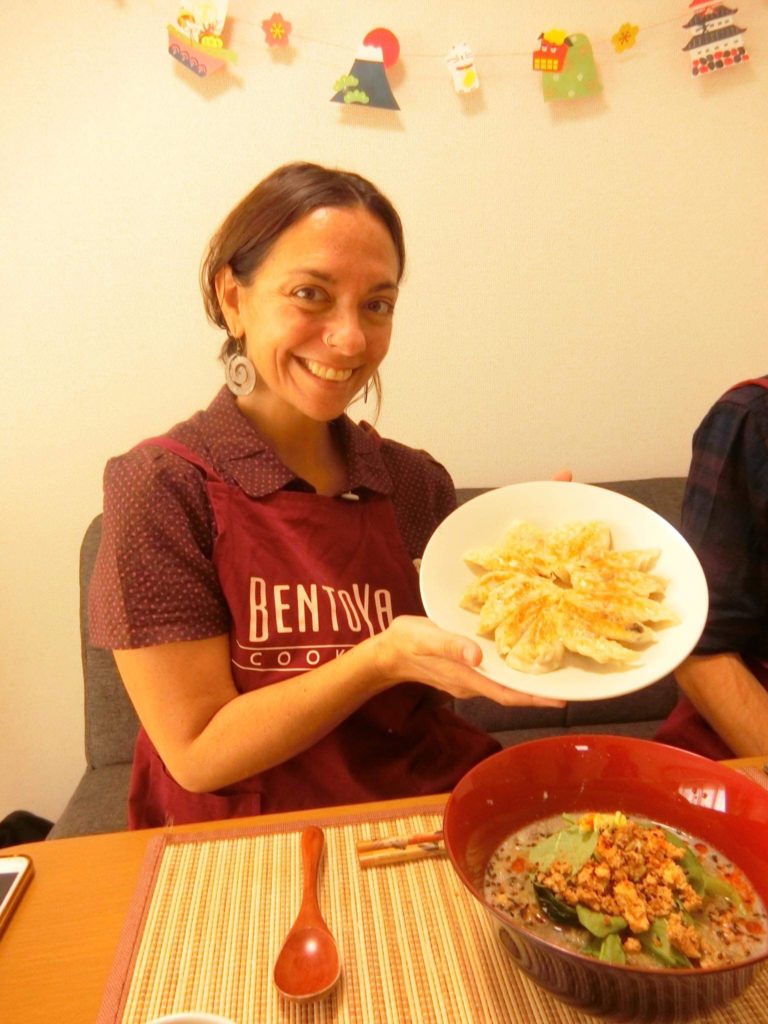Rewriting My Life Story
https://thelovelightproject.com/wp-content/themes/osmosis/images/empty/thumbnail.jpg 150 150 lovelight lovelight https://secure.gravatar.com/avatar/eb60c2d79d4d740a86a4d6903b134c41?s=96&d=mm&r=gEveryone needs an editor!

That’s one of my favorite quotes that I’ve learned over the years as a professional writer, because it’s so true. There are typos and clichés and bad commas in everything you read, if you read enough.
But only recently have I taken this truism and applied it to my own, personal life story. You know, when people ask you questions like, “So, where are you from?” Or, “Oh, when did you start doing that?” You tell them a story. You’ve probably said the exact story over and over. It’s your story. It’s who you are, right?
I recently was interviewed on a fledging podcast about my last five years as a digital nomad. The host was so interested about my story of how I transferred from an office job to freelancing that I barely said anything about my new online course on how to be a remote-based, professional writer or even the book about music festivals that I wrote and published. I hung up and immediately felt foolish — the whole point of the interview was to bring attention to my current work. I did a bad job.
I was so caught up in my story. And that little story I just shared about the podcast? Yeah, that’s part of it too.
Who knows your story better than yourself? There is no other common denominator in every story about your past that you tell — either aloud or in your head. I certainly have a story about myself as a running narrative about who I am in my head. I bet I’m not the only one. It’s the history of your egoic presence in this human form, in a somewhat chronological order, based on external and internal experiences.
Spiritual teacher and writer Jack Kornfield wrote in A Path With Heart that these stories are your greatest hits, the “Top 10” on the radio-in-your-head. These stories can be the thoughts that come up during a meditation practice or are deep down in your subconscious, quietly driving your decisions and behavior patterns.
That story about flubbing up the interview is part of one of my greatest hits and a very popular story. It’s called, “I Didn’t Do Good Enough, and I’m Not Good Enough.” Or, simply, “I’m Bad.” Sometimes, the story is entitled, “I’m a Bad Person.”
Do you know that story about yourself? Have you ever felt that you’re simply not good enough?
I can tell you my version of that story, from the start. And when I felt the shame of that interview gone poorly, I actually felt the shame in my heart. I recognized that feeling of shame. It’s the same feeling every time I feel like I’m not good enough. And I feel that way when I revisit the story of me as a bad person.
Now, a general life goal of mine is to feel good — not in a hedonistic way, but in an inner-peace way. So, in an effort to take the power back, I’m going to hire myself as my own editor.
I am rewriting my own life story.
Rewriting my story? It seems like an illogical concept, like revisionist history or denial of facts — the kind of thing that gets entire nations and racial factions in deep and deadly trouble. But anyone who’s read “Lies My Teacher Told Me” knows that history can be looked at from many different angles, and it’s really just a matter of who is writing the textbook as far as who is benefiting.
When it comes to my own life story, though, I am the only one who could benefit — or my harm. Of course, the way that I tell my story has everything to do with whether I come out ahead in life. For many people, when they tell their story, they’re the victim. Life has treated them poorly. Without a doubt, in many parts of my life, I am one of those people.
What if I’m able to edit my own story, so that I’m always a winner, surrounded by love, understood, respected, appreciated, cared for and listened to? What if I always did a good job so that everything happens in a way that gets me further on my spiritual path?
Why, that sounds like a very nice story to me!
The origins of the “I’m Not Good Enough” story is different for anyone who tells it. Usually, it starts because someone told you that you were bad when you were a kid, and on some level, you believed them. There was no one that necessarily disagreed loudly enough on your behalf to make you think otherwise. Authority figures — parents, teachers, religious leaders, anyone really, when you’re young enough — will say this to kids in a variety of ways.
As an adult who works to be impeccable with her words, as is one of the Four Agreements, I shake my head at the adults who told this to me.
One was my third-grade teacher. She wrote on my report card the sticky, official proclamation that I had a “bad attitude.” When I was a senior in high school, my drama teacher — I’m pretty sure she was high on some kind of pills at the time — took me by my shoulders, looked me in the eye and said, “You are bad. You are very, very bad.”
Sometimes, our peers or our lovers are the ones who tell us that we’re bad.
In fourth grade, a group of my best friends decided that I was no longer good enough to hang out with. For three months, I was ostracized and cried all the time. Finally, my mom called one of the friend’s mothers and the next day, they all talked to me again.
Now as a fully grown adult, I’m not friends with any of my ex-partners. They all think I’m bad and have all told me so, definitively, with a wide variety of vocabulary. Don’t get me wrong; I replied in kind with my own version of the truth. My own story.
Maybe you think the events in my story are nothing compared to yours. Maybe you feel like you’ve been told that over and over, from all kinds of worse angles. Well, you can rewrite your story, too.
My life is a comedy, not a tragedy. There’s a happy ending and lots of laughter.
When I remember the points in my story that cause me shame, the times when others told me that I was not good enough, I can feel my cheeks flush and a slight pressure in my heart. When I really dig into some parts, my eyes well with tears. I’ve actually been letting these people write my story.
But I’m a writer. I’m also an editor. It’s time for a rewrite on my own, personal narrative.
I started with research. I asked my mother about my report card in third grade. She had no recollection of it whatsoever. She actually thought it was laughably cute that a grown, adult woman, who is traveling solo internationally and living a completely independent lifestyle, would possibly care about what her third grade teacher thought of me.
I went back to that 9-year-old version of me, who hung her head in shame from the criticism.
So, here’s the edit: After the report card came out, I was looking at myself in the mirror. It was after one of my famous “luxury baths,” a self-care ritual that I implemented early on that involved bubble bath, Beethoven and candles. I wiped the condensation from the hot bath from the mirror over the bathroom sink, and I stared straight into my young eyes. I remembered that I was a good, loving kid who cared for others and was loved. That I was a positive person who was helpful in what little ways my kid-self could be, who made others smile and who rarely got in trouble. That I was energetic, precocious and extroverted, making it tough for teachers to keep me challenged and quiet. That my friends — either male or female, either in fourth grade or now–loved and accepted me as I was, just as I do for them. That we’re all working on being the best we can be at any time, and we’re all at different places in the journey. That it’s OK that not everyone likes me.
The editing continues as I broaden my perspective. Would anyone even hear that podcast? If someone does, perhaps that will create a more meaningful connection that has nothing to do with my work as a writer.
Yes, my story goes that I’m doing great, and I am enough. I may be my own cheerleader and publicist, but at least I’m telling a story in which I’m winning.
Judgement for others is just as destructive as judgement for yourself. I was allowing and participating in both sides of that coin. But that’s the old version of the story.
It’s not even close to the end.



